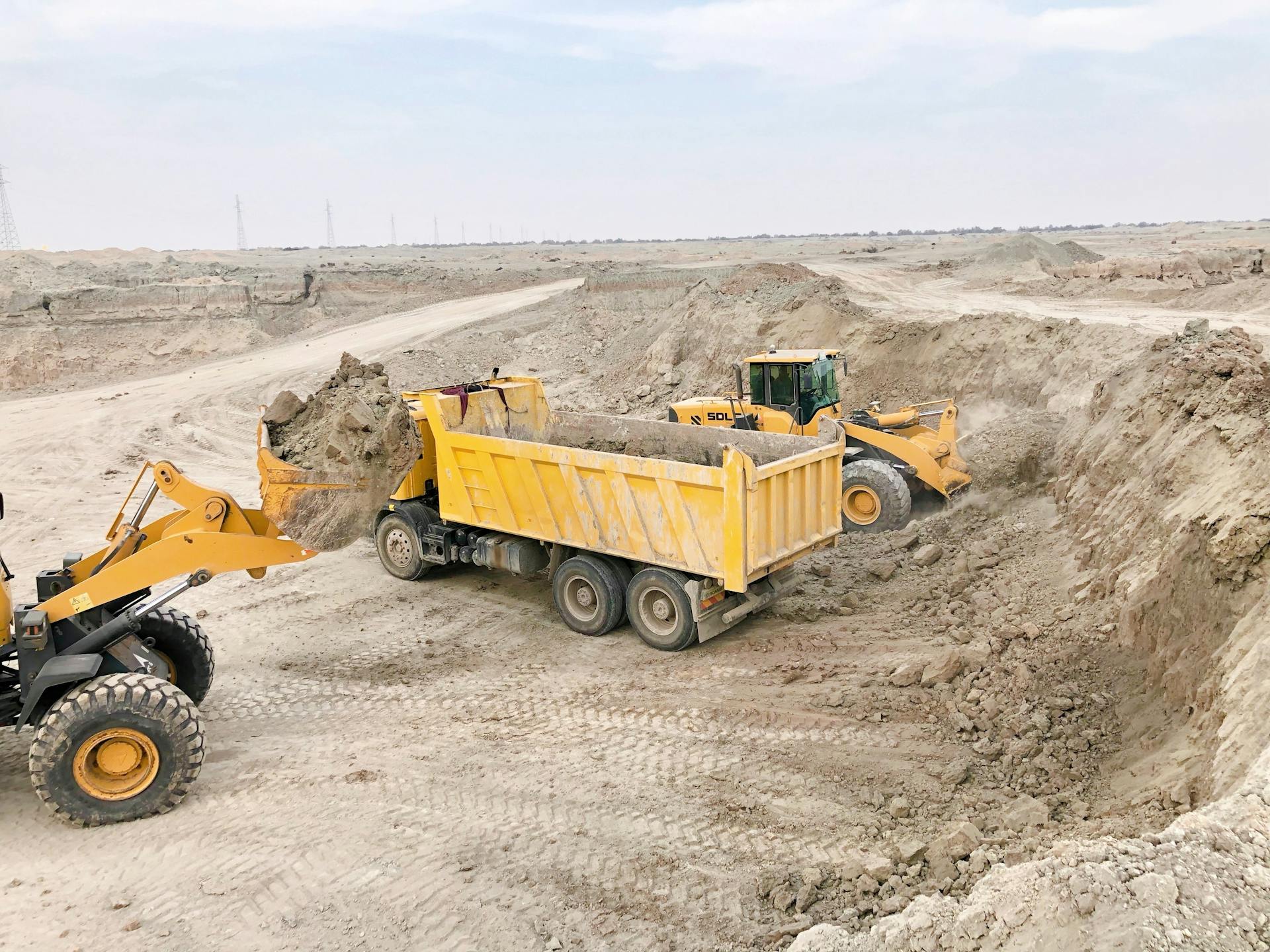The mining industry has always relied on heavy machinery to move massive amounts of material efficiently. But traditional equipment, while powerful, cannot often provide real-time insights into performance and maintenance needs. Enter the Internet of Things (IoT). By integrating sensors, connectivity, and data analytics, IoT transforms mining equipment into smart machines capable of monitoring themselves, predicting failures, and optimizing operations. This digital revolution is reshaping how mines operate, making them safer, more efficient, and more profitable.
Real-Time Monitoring for Smarter Operations

IoT-enabled mining equipment can transmit data in real time, giving operators instant visibility into machine performance. Sensors track engine temperature, hydraulic pressure, vibration levels, and fuel consumption, allowing teams to respond immediately to potential issues. Companies like Anglo Teck have begun adopting these technologies, demonstrating how connected machinery can improve uptime and reduce costly breakdowns. Real-time monitoring also allows managers to make better operational decisions, from fleet allocation to workload optimization.
Predictive Maintenance: Fix Problems Before They Happen
One of the biggest advantages of IoT in mining is predictive maintenance. Standard maintenance schedules are often based on time intervals or machine usage, which can lead to unnecessary downtime or unexpected failures. With IoT, equipment can alert maintenance teams to early signs of wear or stress, allowing repairs before issues escalate. This proactive approach not only extends the lifespan of machinery but also improves overall safety and reduces operational costs.
Data-Driven Efficiency Improvements
Beyond maintenance and safety, IoT enables data-driven operational optimization. Analysis of equipment performance, fuel consumption, and movement patterns can highlight inefficiencies and areas for improvement. For example, IoT data might reveal that certain trucks are underutilized while others are overworked, prompting adjustments in scheduling or routing. By leveraging these insights, mines can maximize throughput, reduce energy consumption, and optimize resource allocation, turning raw data into actionable strategies.
Enhancing Safety Through Connectivity

Mining is inherently risky, with heavy machinery, rough terrain, and extreme conditions presenting constant hazards. IoT can enhance safety by monitoring equipment and operator behavior in real time. Sensors can detect dangerous operating conditions, proximity to other vehicles, or signs of fatigue in operators. Alerts can be sent immediately to prevent accidents, while data collected over time helps refine safety protocols. Connected equipment makes the mine not only more efficient but significantly safer for workers.
Remote Operations and Automation
IoT also paves the way for remote operation and automation. Machines equipped with sensors and connectivity can be controlled or monitored from off-site locations, reducing the need for operators in hazardous areas. Combined with automation technologies, this allows for continuous operation even in extreme conditions, increasing productivity while keeping personnel safe. Remote and automated capabilities represent the next step in mining’s digital evolution, making operations smarter and more resilient.
Integrating IoT into heavy mining equipment is transforming the industry from reactive to proactive, from manual to intelligent. Real-time monitoring, predictive maintenance, enhanced safety, data-driven efficiency, and remote operation are all benefits that connected technology brings to modern mining. Companies embracing these innovations are setting a new standard for operational excellence, proving that the digital mine is not just a vision—it’s a rapidly unfolding reality.










